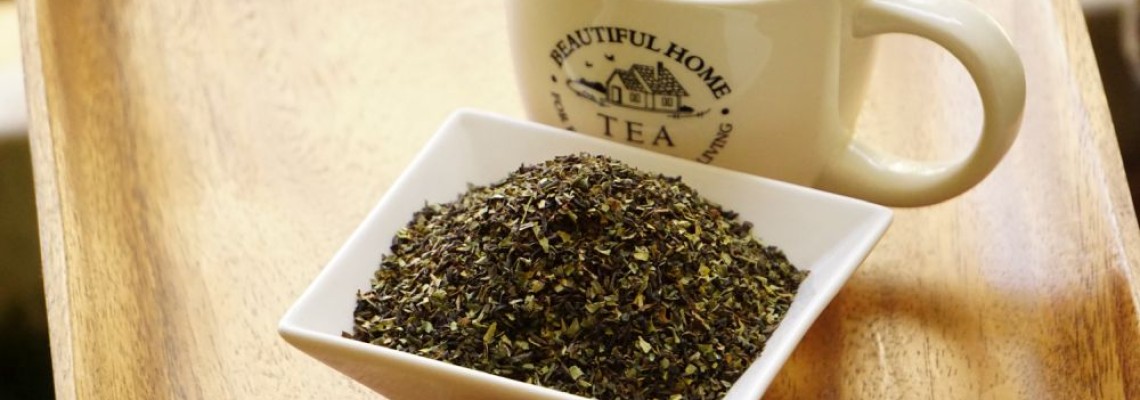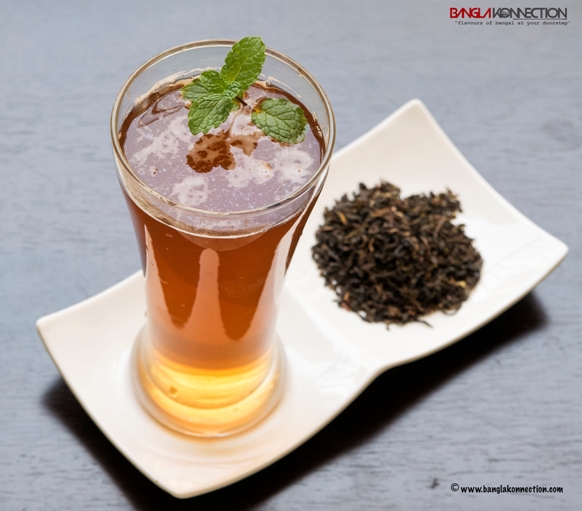
“Cha” is the second most favourite word for any Bengali after “Maa”. There is no Bengali as per my knowledge, whether man or woman, who does not like tea. It is a Bengali’s lifeline. Starting from boardroom meetings of bureaucrats to ‘para-r adda’, tea overrules all other options, at least for a Bengali. Though I am not a tea expert, one thing I understand is that no tea on this Earth is better than the first flush of our own Darjeeling Tea. Again I can accept any challenge for a debate on this -as being a Bong I am very good at it- with the only condition being that I need a cupful of Darjeeling Tea during the session.
My perfect cup of tea would be made of Darjeeling Tea from the first flush. The best thing about this tea is its aroma, not deeming its colour. As the water gets to boil, I turn off the stove. I then add one small teaspoonful of Darjeeling Leaf Tea. Ideally one should cover it with a lid and set it aside for a couple of minutes, but I love watching the change in colour while it is getting done and usually do not lid it. So now the crystal clear water has changed into a melted-gold colour with just one simmer upon contact with the fresh Darjeeling leaf tea. After a minute more, the colour has turned into that of smelted copper. That’s when I know my tea is done.
Fact is that there is no single best way of drinking tea, at least for us, the tea-drinkers. Ask tea connoisseurs and they would suggest a whole guidebook of dos and don’ts about the right way of making and drinking tea, in which the list of don’ts, especially would be never-ending. This list would include several things like cannot use aroma enhancers, should not drink teas when too cold or too hot, cannot wash cups with scented soaps and so on, but in my experience, tea tastes best as you like it. It is only with us Bengalis that we find so many different ways of drinking tea. The iconic ‘Bharer cha’ that has nostalgia attached to it, ‘Lebu-cha’ or Lemon tea, which we just cannot resist, hot Elaichi tea for the winters, ginger tea during the monsoon or ice-tea in the summers, all have their own legacy and a lasting presence in our lives in one way or another.

I remember during my childhood, my little brother and I were told that we were too young to have tea. In those no-tea days, my granny used to boil milk for my brother and I and would try to feed both of us in the evenings while she herself would have a glassful of elaichi tea, which was her favourite. Both my brother and I used to nag her for a glass of tea instead of milk. She, then, very fondly used to pour a little bit of it from her glass into our glasses and say “Have it, its milk tea”. As kids we would enjoy seeing the colour of milk change rapidly when tea was poured into it and thus without any more fuss we would happily drink our “milk tea”.
So, my journey with tea started from those early days of granny’s “milk-tea”. It then changed to ‘bharer-cha’ in my college days when hours of chatting and debating used to be the norm in Montu da’s tea stall just in front of our college. During my university hostel days, we would sneak into the kitchen late into the nights and make quick black teas so that the warden didn’t get to know and today I enjoy Darjeeling tea while spending hours writing and reading. Thus, I realise that although my chas have changed over the years, but my love for them has always been the same.

4 Comment(s)
1
1
1
1
1
1
1
1
1
1
1
1
Leave a Comment